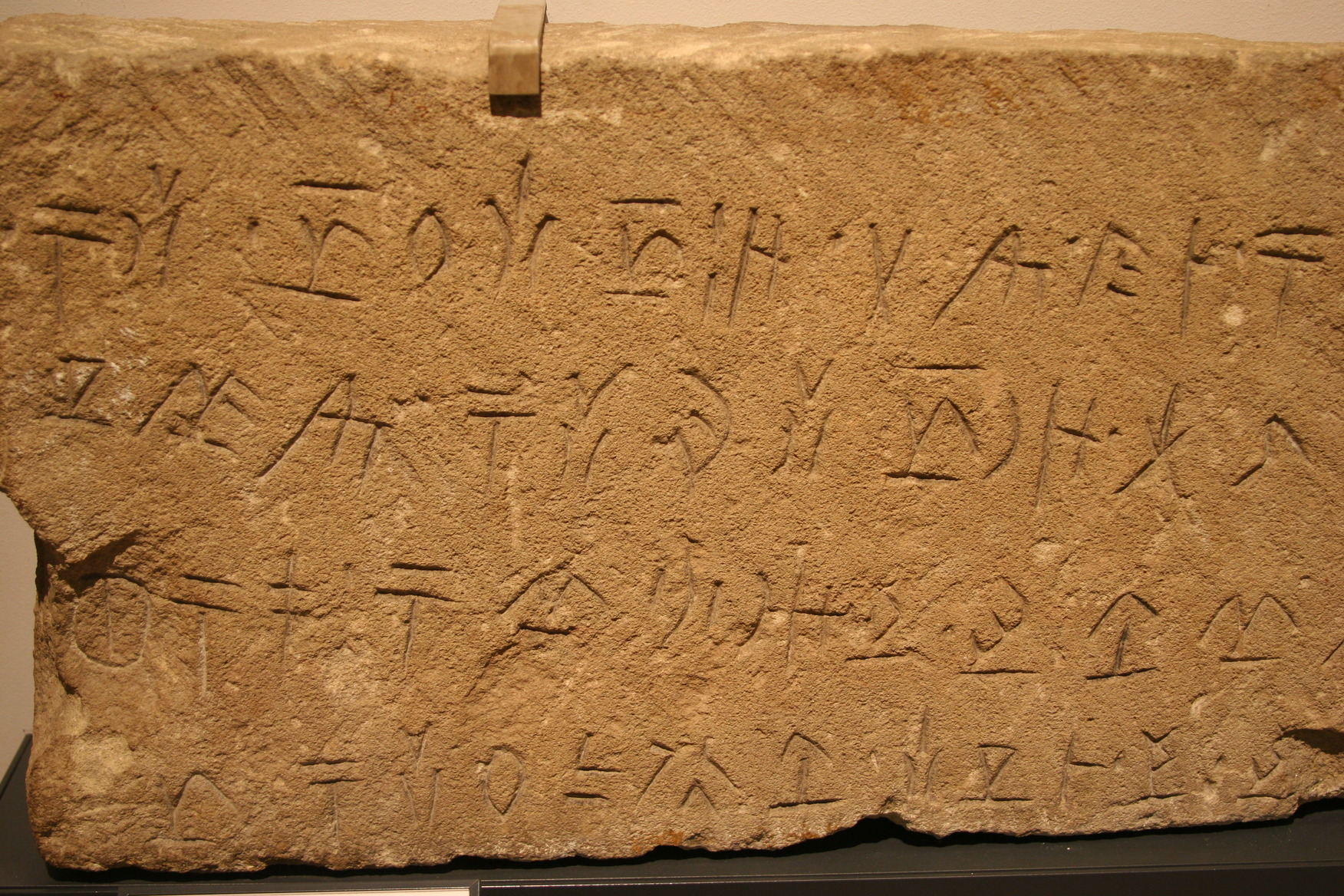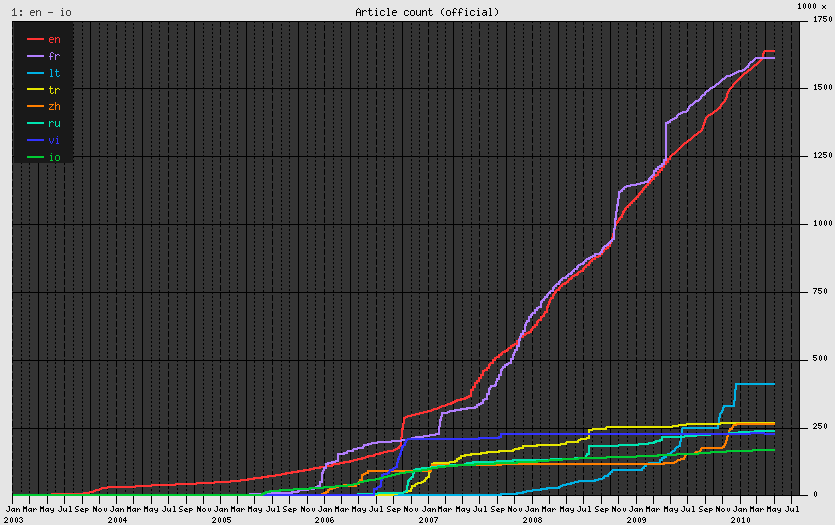|
Maiduan Languages
Maiduan (also Maidun, Pujunan) is a small endangered language family of northeastern California. Family division The Maiduan consists of 4 languages: * Maiduan ** Maidu (also known as Maidu proper, Northeastern Maidu, Mountain Maidu) ** Chico (also known as Valley Maidu) ** Konkow (also known as Northwestern Maidu) ** Nisenan (also known as Southern Maidu) The languages have similar sound systems but differ significantly in terms of grammar. They are not mutually intelligible, even though many works often refer to all of the speakers of these languages as ''Maidu''. The Chico dialects are little known due to scanty documentation, so their precise genetic relationship to the other languages probably cannot be determined (Mithun 1999), and in any case may have been not a fourth Maiduan language, but widely divergent dialects of Konkow (Ultan 1967). Three of the languages went extinct by approximately the year 2000. Konkow was reported to have 3 elderly speakers in 2007. ... [...More Info...] [...Related Items...] OR: [Wikipedia] [Google] [Baidu] |
Maidu Language
Maidu , also Northeastern Maidu or Mountain Maidu, is an extinct Maiduan language of California, United States. It was spoken by the Maidu peoples who traditionally inhabit the mountains east and south of Lassen Peak in the American River and Feather River basins. These river regions include such valleys in the northern Sierra Nevada mountains of California as: Indian Valley, American Valley, Butte Valley, and Big Meadows. ''Maidu'' may also refer to the related Konkow and Nisenan languages. History The pre-contact Maidu peoples lived in a hunting and gathering society in parts of central California. These peoples lived in an area around what are now called Mount Lassen, Honey Lake, Sacramento, and Lake Tahoe. They spoke closely related languages, including the living Maidu, Konkow and Nisenan languages, along with the Chico language and other extinct variations. Revitalization efforts Farrell Cunningham, one of the youngest fluent Yamani Maidu speakers, taught "Mou ... [...More Info...] [...Related Items...] OR: [Wikipedia] [Google] [Baidu] |
Konkow Language
The Konkow language, also known as Northwest Maidu (also ''Concow-Maidu'', or ' in the language itself) is a part of the Maiduan language group. It is spoken in California. It is severely endangered, with three remaining elders who learned to speak it as a first language, one of whom is deaf. As part of an effort to regain official recognition as a federally recognized tribe, an effort to provide language instruction amongst the descendants of the original tribe and affiliated family members has begun. In the name , means "meadow", with the additional creating the adjective form of the word. Hence, would be spoken by the ("tribe"). Dialects One source supports the claim that Northwest Maidu had at least nine dialects, designated today according to the locality in which each was spoken. These dialects were: Otaki, Mikchopdo, Cherokee, Eskeni, Pulga, Nemsu, Feather Falls, Challenge, and Bidwell Bar. Lexica of each remain scant. In addition, there may have been many famil ... [...More Info...] [...Related Items...] OR: [Wikipedia] [Google] [Baidu] |
Chico Language
Chico (also Valley Maidu) is an extinct Maiduan language formerly spoken by Maidu peoples who lived in Northern California, between Sacramento and the Sierra foothills. It may be a divergent dialect of Konkow or an independent language. See also * Maidu * Maiduan languages Maiduan (also Maidun, Pujunan) is a small endangered language family of northeastern California. Family division The Maiduan consists of 4 languages: * Maiduan ** Maidu (also known as Maidu proper, Northeastern Maidu, Mountain Maidu) ** Ch ... Bibliography * Campbell, Lyle. (1997). ''American Indian languages: The historical linguistics of Native America''. New York: Oxford University Press. . * Heizer, Robert F. (1966). ''Languages, territories, and names of California Indian tribes''. * Mithun, Marianne. (1999). ''The languages of Native North America''. Cambridge: Cambridge University Press. (hbk); . References External links OLAC resources in and about the Valley Maidu language Maiduan ... [...More Info...] [...Related Items...] OR: [Wikipedia] [Google] [Baidu] |
Mailuan Languages
The Mailuan or Cloudy Bay languages are a small family of Trans–New Guinea languages spoken around Cloudy Bay in the "Bird's Tail" (southeastern peninsula) of New Guinea. They are classified within the Southeast Papuan branch of Trans–New Guinea. Languages The languages, which all share about half of their vocabulary, are, * Domu, Binahari–Binahari-Ma, Morawa, Mailu (Magi), Laua Bauwaki–O'oku is closely related to the Mailuan languages. Classification Dutton (1971) said Bauwaki was a link to the Yareban languages. It has greater lexical similarity with Aneme Wake (Yareban) than the closest Mailuan language, Domu. Usher (2020) classifies Mailuan, Bauwaki and Yareban together. Magi shows evidence of language shift from an Oceanic language in many Oceanic words. Pronouns Usher (2020) reconstructs the proto-Mailuan–Yareban pronouns as: : Ross (1995) reconstructs the Mailuan pronouns as: : Vocabulary comparison The following basic vocabulary words ... [...More Info...] [...Related Items...] OR: [Wikipedia] [Google] [Baidu] |
Extinct Language
An extinct language or dead language is a language with no living native speakers. A dormant language is a dead language that still serves as a symbol of ethnic identity to an ethnic group; these languages are often undergoing a process of revitalisation. Languages that have first-language speakers are known as modern or living languages to contrast them with dead languages, especially in educational contexts. Languages have typically become extinct as a result of the process of cultural assimilation leading to language shift, and the gradual abandonment of a native language in favor of a foreign ''lingua franca''. As of the 2000s, a total of roughly 7,000 natively spoken languages existed worldwide. Most of these are minor languages in danger of extinction; one estimate published in 2004 expected that some 90% of the languages spoken at that time will have become extinct by 2050. Language death Normally the transition from a spoken to an extinct language occurs when a ... [...More Info...] [...Related Items...] OR: [Wikipedia] [Google] [Baidu] |
Indigenous Languages Of California
Indigenous peoples of California, commonly known as Indigenous Californians or Native Californians, are a diverse group of nations and peoples that are indigenous to the geographic area within the current boundaries of California before and after European colonization of the Americas, European colonization. There are currently 109 federally recognized tribes in the state and over forty self-identified tribes or tribal bands that have applied for Native American recognition in the United States, federal recognition. California has the second-largest Native Americans in the United States, Native American population in the United States. Most tribes practiced forest gardening or permaculture and controlled burning to ensure the availability of food and medicinal plants as well as ecosystem balance. Archeological sites indicate human occupation of California for thousands of years. European colonization of the Americas, European settlers began exploring their homelands in the late 18 ... [...More Info...] [...Related Items...] OR: [Wikipedia] [Google] [Baidu] |
Endangered Maiduan Languages
An endangered species is a species that is very likely to become extinct in the near future, either worldwide or in a particular political jurisdiction. Endangered species may be at risk due to factors such as habitat loss, poaching, invasive species, and climate change. The International Union for Conservation of Nature (IUCN) Red List lists the global conservation status of many species, and various other agencies assess the status of species within particular areas. Many nations have laws that protect conservation-reliant species which, for example, forbid hunting, restrict land development, or create protected areas. Some endangered species are the target of extensive conservation efforts such as captive breeding and habitat restoration. Human activity is a significant cause in causing some species to become endangered. Conservation status The conservation status of a species indicates the likelihood that it will become extinct. Multiple factors are considered when ... [...More Info...] [...Related Items...] OR: [Wikipedia] [Google] [Baidu] |
Maiduan Languages
Maiduan (also Maidun, Pujunan) is a small endangered language family of northeastern California. Family division The Maiduan consists of 4 languages: * Maiduan ** Maidu (also known as Maidu proper, Northeastern Maidu, Mountain Maidu) ** Chico (also known as Valley Maidu) ** Konkow (also known as Northwestern Maidu) ** Nisenan (also known as Southern Maidu) The languages have similar sound systems but differ significantly in terms of grammar. They are not mutually intelligible, even though many works often refer to all of the speakers of these languages as ''Maidu''. The Chico dialects are little known due to scanty documentation, so their precise genetic relationship to the other languages probably cannot be determined (Mithun 1999), and in any case may have been not a fourth Maiduan language, but widely divergent dialects of Konkow (Ultan 1967). Three of the languages went extinct by approximately the year 2000. Konkow was reported to have 3 elderly speakers in 2007. ... [...More Info...] [...Related Items...] OR: [Wikipedia] [Google] [Baidu] |
Wiktionary
Wiktionary (, ; , ; rhyming with "dictionary") is a multilingual, web-based project to create a free content dictionary of terms (including words, phrases, proverbs, linguistic reconstructions, etc.) in all natural languages and in a number of artificial languages. These entries may contain definitions, images for illustration, pronunciations, etymologies, inflections, usage examples, quotations, related terms, and translations of terms into other languages, among other features. It is collaboratively edited via a wiki. Its name is a portmanteau of the words ''wiki'' and ''dictionary''. It is available in languages and in Simple English. Like its sister project Wikipedia, Wiktionary is run by the Wikimedia Foundation, and is written collaboratively by volunteers, dubbed "Wiktionarians". Its wiki software, MediaWiki, allows almost anyone with access to the website to create and edit entries. Because Wiktionary is not limited by print space considerations, most of Wiktiona ... [...More Info...] [...Related Items...] OR: [Wikipedia] [Google] [Baidu] |
Catherine Callaghan
Catherine A. Callaghan (October 31, 1931 – March 16, 2019) was Professor Emerita in the Department of Linguistics at the Ohio State University in Columbus, Ohio. She received a Ph.D. in linguistics from the University of California, Berkeley in 1963. Her doctoral dissertation was a grammar of Lake Miwok, written under the supervision of Mary Haas. She then started work on the Lake Miwok Dictionary, which was published in 1965. She was appointed Assistant Professor of Linguistics at the Ohio State University in 1965 and remained there until her retirement. She was named a Fellow of the American Association for the Advancement of Science in 1969. Throughout her career, Callaghan's research focused on the Penutian languages of California, especially connections between Yokuts and Miwok. She appeared briefly in the documentary, ''How Dead do I Look?'', which was filmed in 2014. Her papers on Miwok Languages are collected at the California Language Archive. In 1973, Callaghan co-f ... [...More Info...] [...Related Items...] OR: [Wikipedia] [Google] [Baidu] |
Maidu
The Maidu are a Native Americans in the United States, Native American people of northern California. They reside in the central Sierra Nevada (U.S.), Sierra Nevada, in the watershed area of the Feather River, Feather and American River, American Rivers and in Humbug Valley. In Maiduan languages, ''maidu'' means "person". Local division The Maidu people are geographically dispersed into many subgroups or bands who live among and identify with separate valleys, foothills, and mountains in northeastern Central California. The three subcategories of Maidu are: * The Nisenan or Southern Maidu occupied the whole of the American, Bear River (Feather River), Bear, and Yuba River drainages. They live in lands that were previously home to the Martis people, Martis. * The Northeastern or Mountain Maidu, also known as Yamani Maidu, lived on the upper north and middle forks of the Feather River. * The Konkow (Koyom'kawi/Concow) occupied a Concow, California, valley between present-day Cherok ... [...More Info...] [...Related Items...] OR: [Wikipedia] [Google] [Baidu] |



